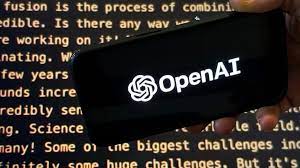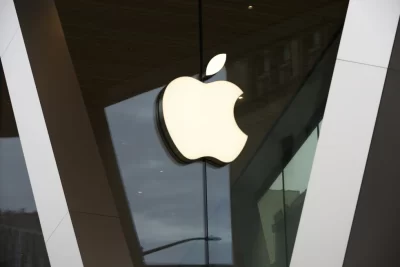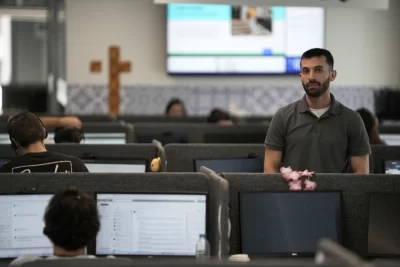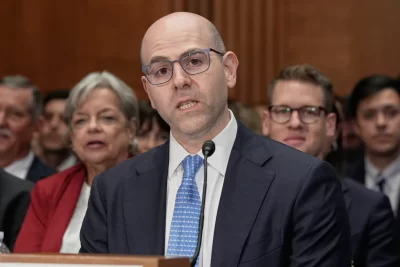
Unlike Google, Facebook and other tech giants, the company behind ChatGPT was not created to be a business. It was set up as a nonprofit by founders who hoped that it wouldn’t be beholden to commercial interests.
But the arrangement got complicated.
While OpenAI later transitioned to a for-profit model, its controlling shareholder remains the nonprofit OpenAI Inc. and its board of directors. This unique structure made it possible for four OpenAI board members — the company’s chief scientist, two outside tech entrepreneurs and an academic — to oust CEO Sam Altman on Friday.
The abrupt removal of one of the world’s most sought-after AI experts led to an employee revolt that has put the entire organization’s future in jeopardy and underscored the unusual arrangement that sets OpenAI apart from other tech enterprises.
It’s exceedingly rare for major tech companies to have such a structure.
OpenAI’s stated mission is to safely build artificial intelligence that is “generally smarter than humans.” Debates have swirled around that goal and whether it conflicts with the company’s increasing commercial success.
“What was revealed with this board structure is they just idealistically thought, well, we’re aligned, and we all want the same thing. And it won’t become a problem because we’re going to stay aligned,” said Sarah Kreps, director of Cornell University’s Tech Policy Institute.
As AI technology accelerated in the last year because of new investment coming in, “I think that’s where these issues erupted.”
The board has refused to give specific reasons that it fired Altman, who was quickly hired Monday by Microsoft Corp., which has invested billions in OpenAI. Microsoft also hired OpenAI President Greg Brockman, who resigned in protest after Altman was fired, along with at least three others.
In addition, Microsoft has extended job offers to all of OpenAI’s 770 employees. If enough employees accept Microsoft’s offer or join rivals now openly recruiting them, OpenAI could all but disappear without a workforce. Much of its existing technology will remain with Microsoft, which holds an exclusive license to use it.






